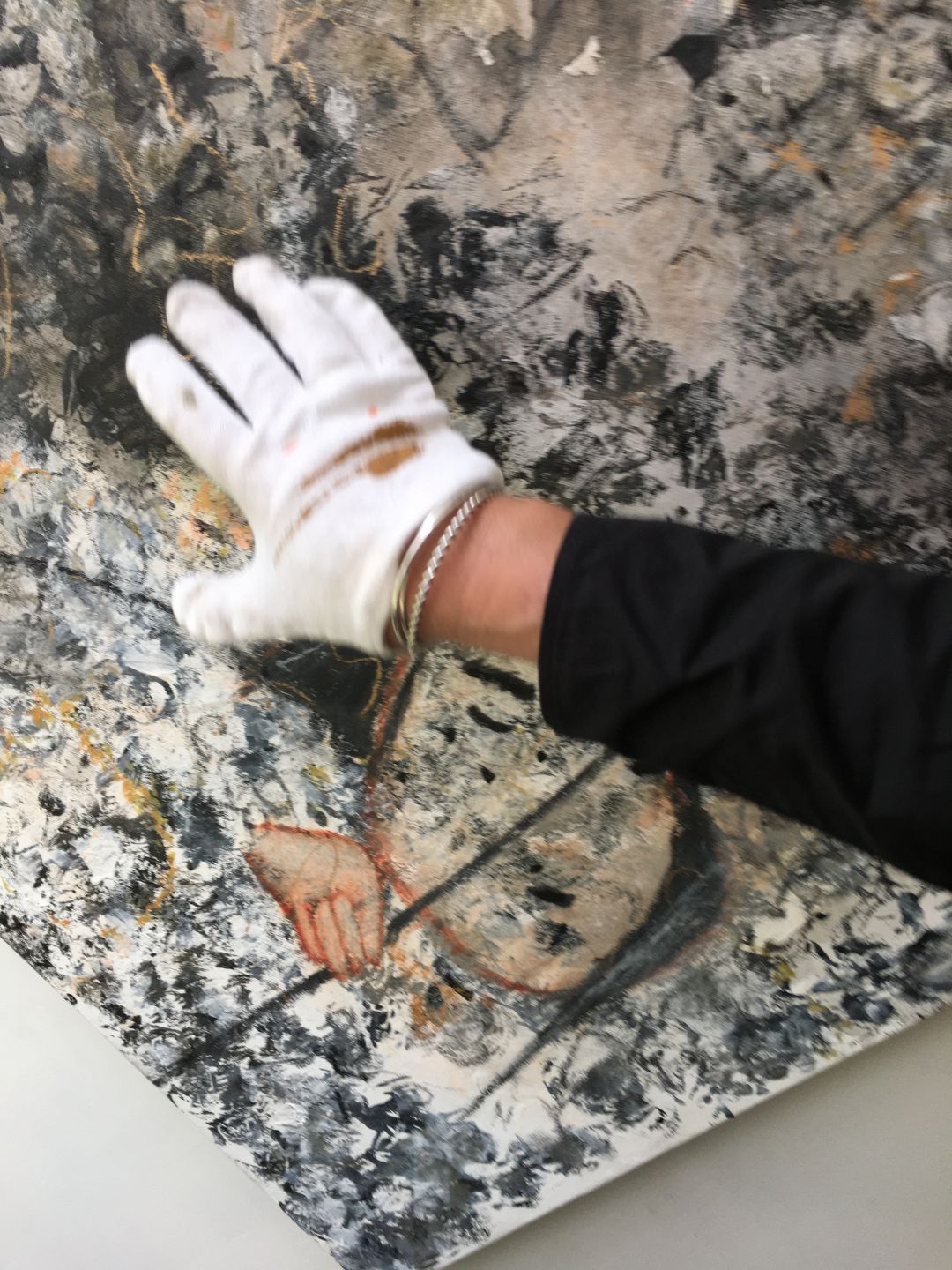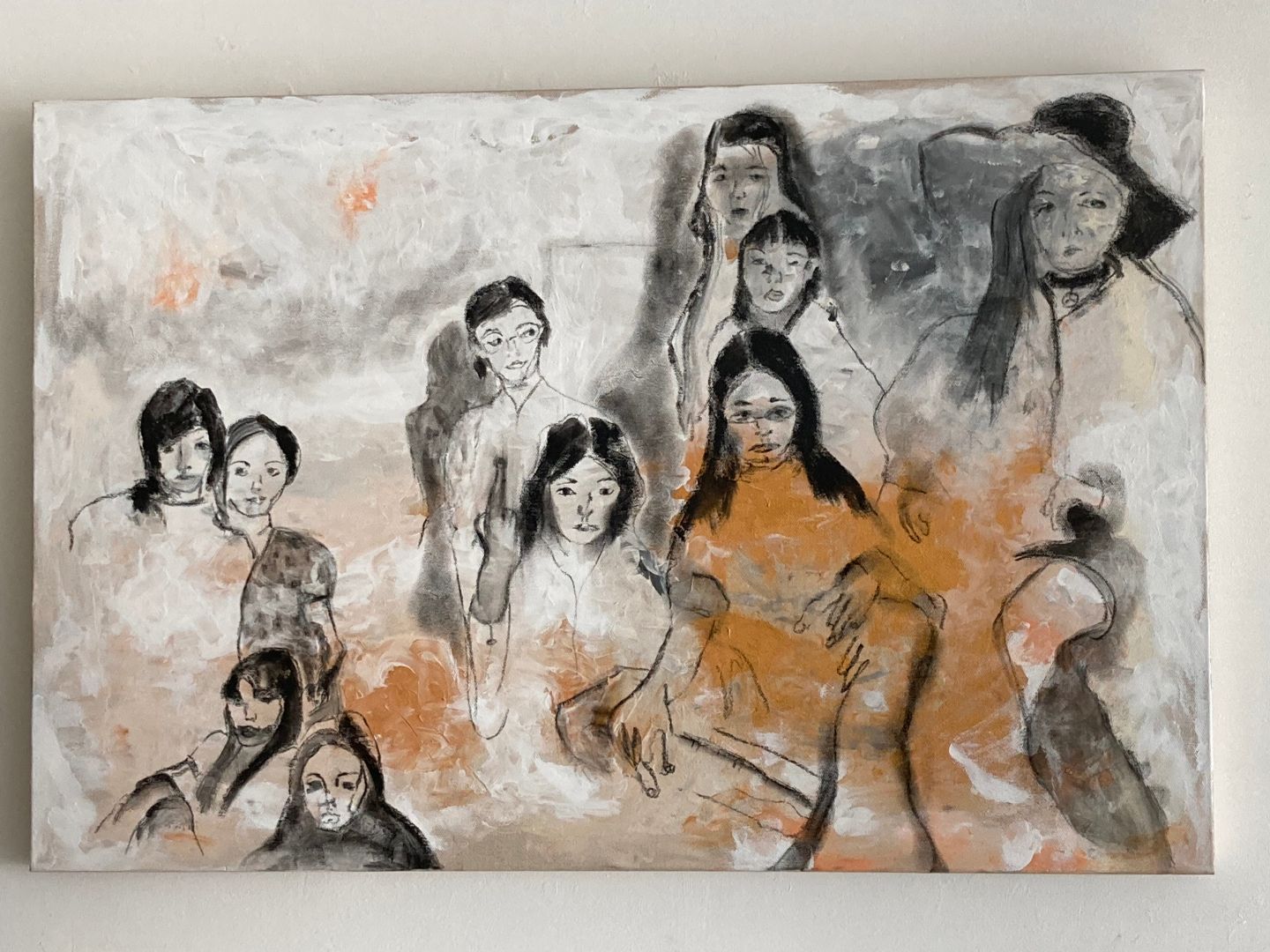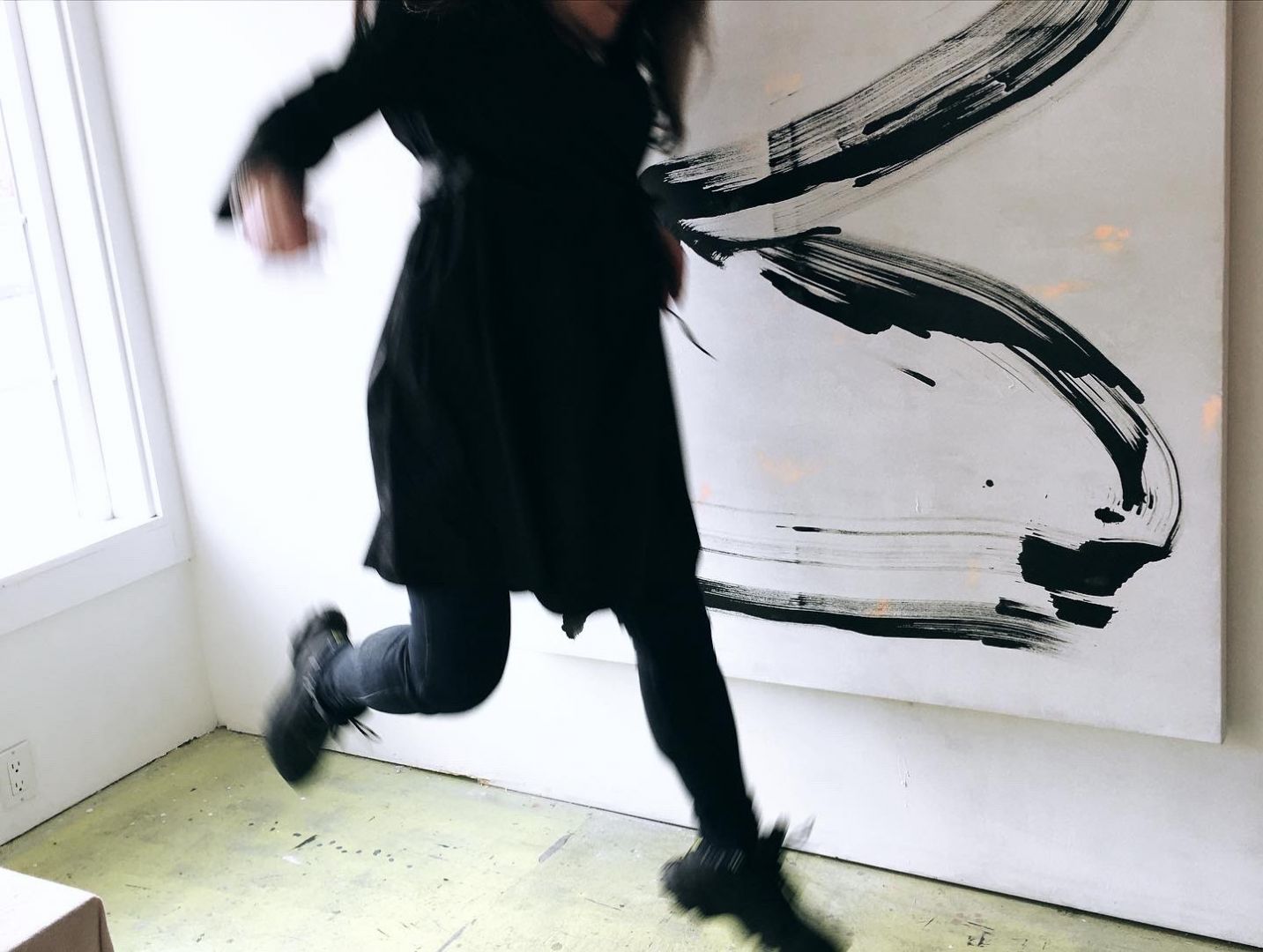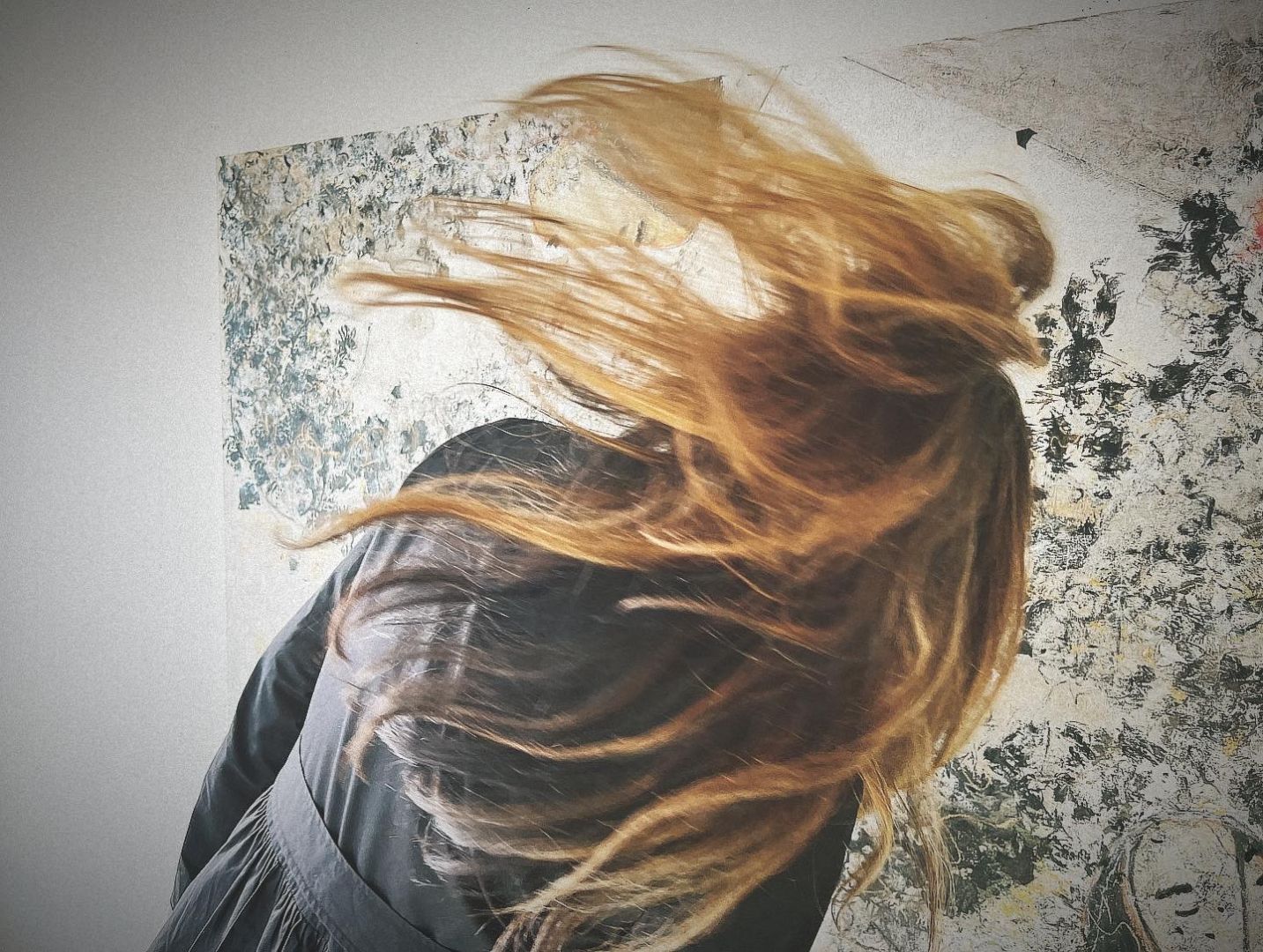Meet Dona Nabata | Artist

We had the good fortune of connecting with Dona Nabata and we’ve shared our conversation below.
Hi Dona, why did you pursue a creative career?
I have been an artist all my life, as even as a child, I was always an observer. As time went on, due to my ethnicity, I was always on the periphery, which gave me space to observe and evaluate. When I was 14 yrs. old, I discovered that by questioning what Art is, I could expand my world beyond my immediate environment. Art gave me solace, as I wanted to live in a place beyond the face value of what I found around me. Later, Art was a place to put my curiosity and intellect. I was relieved to discover it was a nebulous world with no hard answers. Now the impulse to create has become a physical need, the back and forth of the mind and the material is something I must do.

Can you open up a bit about your work and career? We’re big fans and we’d love for our community to learn more about your work.
The subject matter of my work is my own personal story, which sets me apart from other artists. My ethnicity plays a role in this, as Asian parents want their children to be professionals, but not artists. The scarcity of the subject matter in conjunction with the many viewers who share similar emotions, have provided me with a platform. By telling my story, I am building pride for groups of people, who in the past have been under represented to the point of being invisible. I enjoy interacting with my audience and feeling their relief and excitement that their story matters! One of my best pieces is titled “ Les Demoiselles d’Angeles. Loosely based on Picasso’s Les Demoiselles d’Avignon, it is a painting of ten defiant young Asian women from L A. I referenced a photograph taken in the early 70’s. The women are looking directly back at the viewer. It has not been easy to become an artist as there are many nay sayers, some of whom are your close friends and relatives. They are suspicious of your motives, simply because they themselves are unable to tap into their emotions. As time has passed, they are now proud. I would like the world to know that an internal struggle can reveal a visual and instinctual interplay that can take you on a journey.

Let’s say your best friend was visiting the area and you wanted to show them the best time ever. Where would you take them? Give us a little itinerary – say it was a week long trip, where would you eat, drink, visit, hang out, etc.
Los Angeles, or “Los” as it is know in Japan, is a state of mind. To a staid and ridged culture, such as Japan, “Los” represents freedom, innovation, fantasy, where the sky is the limit and you can live out your dreams. The Japanese American Community and Cultural Center is there, authored by one of the only artists of Japanese descent of the Brutalist Era, Isamu Noguchi. I would recommend just doing the walk from the Little Tokyo Historic Distrcict to Pershing Square. Along the way you must be sensitive and aware of the shadows, signs and detritus along the sidewalk. Be spontaneous and venture into a small shop for a quick bite and see what you can find. Always be on the lookout for Art in the Everday, and there are plenty of ideas in the miles of concrete and urban decay. Physical reality is not an impediment to imagination and the insertion into a new context. 

Who else deserves some credit and recognition?
I have to admit that my art practise has been supported by the generosity of my parents. During WW 2, my parents lives were shattered by having to uproot and live in prisoner of war camps. They had no opportunity to thrive. Later, they never complained or even spoke about it. They worked hard and wanted the best for me. With their support, I lived in Kyoto for a year when I was 18 yrs. old. That one year , when I was full of romance, and like a sponge, my mind was opened to the multi-layered nature of life and culture. I discovered old photos of my ancestors that came to America in the early 1900’s, and saw the bold, fearless, tenacious fire in their eyes. I chose to focus on perseverance as common to both generations before me. My shoutout is to my ancestors who were unable to leave me a legacy of material goods, but shaped my mind with the recognition of “gambatte” in Japanese, or perseverance, in English.

Website: dnabata.artspan.com
Instagram: @donanabata
Facebook: donanabata
Image Credits
Dona Nabata, Daryl Khan Cline
